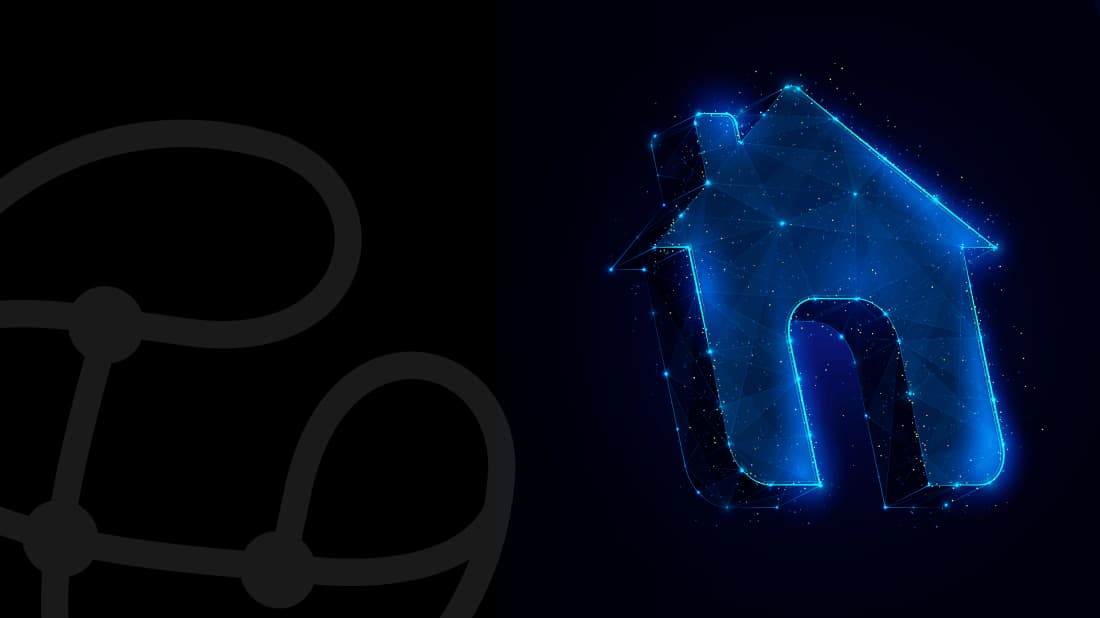
Cryptocurrencies have predominantly been the most tokenized assets in recent years. Yet, with the rapid evolution of blockchain technology, tokenizing real-world assets (RWAs) has surged, particularly within the financial sector. A notable example is Bank of America called RWA tokenization as a pivotal catalyst for adopting digital assets, highlighting the substantial inflow of over $1 billion in investments into the tokenized gold market. As this demand continues, institutional investors and established financial entities are progressively entering this space, embracing the tokenization of treasury bonds, stocks, fiat currencies, real estate, and other assets.
Tokenization bridges conventional and digital assets by digitally representing tangible assets on blockchain networks. This article delves into how real-world asset tokenization works and provides associated advantages and risks.
What is Real-World Asset (RWA) Tokenization?
The foundational principle of real-world asset tokenization entails translating tangible assets—from stocks and bonds to real estate and currencies—into digital investments firmly entrenched within the blockchain ecosystem.
How RWA Works
Fundamentally, asset tokenization centers around converting tangible assets into digital tokens, which are then stored on a blockchain. These tokens serve as digital manifestations of ownership, bolstered by blockchain technology's security, thereby ensuring secure, efficient, and transparent transactions. The procedure involves transforming assets into smaller units, increasing their traceability and liquidity.
These digital tokens are generated with scarcity through blockchain technology. This enhances the trading process, increases capital circulation around assets, stabilizes price, and simplifies buying and selling assets in larger quantities. Additionally, blockchain empowers users to oversee and control their tokens.
RWA Tokenization Use Cases
RWA tokenization spans across several industries. For instance, the tokenization of tangible assets, from fiat currencies and equities to commodities, carbon credits, intellectual property, and fine art. These tokenized assets give holders secure ownership rights, enabling seamless storage, exchange, and utilization as collateral across diverse blockchain networks.
In comparison to real-world and tangible tokenization, the tokenization of digital assets tokenizes assets that exist in digital form on a blockchain network. This process is crucial for applications representing governance rights in Decentralized Autonomous Organizations (DAOs) and facilitating cross-chain assets. Furthermore, in-game asset tokenization utilizes assets within GameFi projects or metaverses, such as skins, weapons, or in-game currencies, that can be transformed into tokenized representations.
A company championing asset tokenization is Structure.fi, which provides equity-supported assets, including the complete S&P 500 index. The tokens on their platforms enable seamless integration of tangible assets into the offerings of exchanges, DeFi protocols, wallets, and other web3 applications, all following regulations and requiring minimal implementation exertion.
Pros and Cons
Tokenization offers various pros, for example, more liquidity for assets that have traditionally been difficult to trade due to their illiquid nature. This liquidity stems from the accessibility and tradability that tokenization brings. Moreover, tokenization is more cost-efficient as it removes intermediaries from transactions, thus reducing overall transaction costs. Finally, implementing automated smart contracts amplifies operational efficiency, streamlining the complex transaction settlement and clearance processes.
However, certain cons that come with tokenization. With the current regulatory crackdown on assets, the legal environment surrounding tokenized assets results in regulatory uncertainty. Another risk lies in valuing specific tokens, particularly utility tokens, given their unique characteristics, adding a layer of uncertainty to the valuation process.
Conclusion
The future of tokenization is promising. Market projections are optimistic, with forecasts suggesting that the tokenized asset market could grow to $16 trillion by 2030. As real-world asset tokenization represents a shift in the financial landscape, real-world asset tokenization is poised to reshape how we view and engage with investments and ownership.



